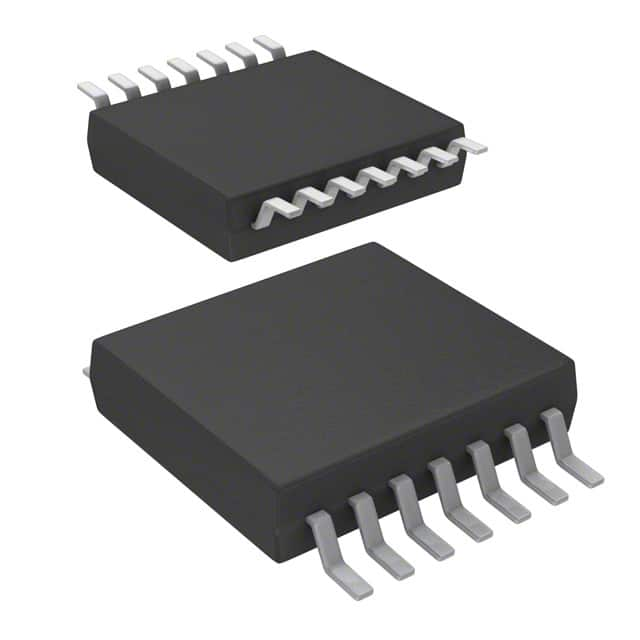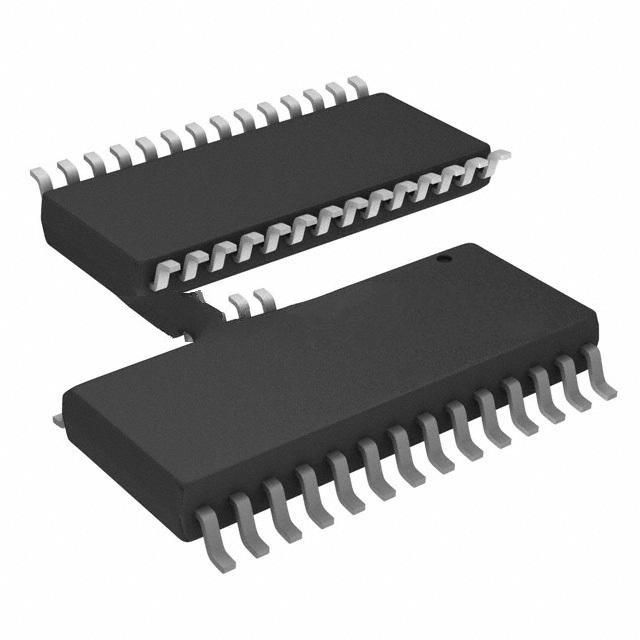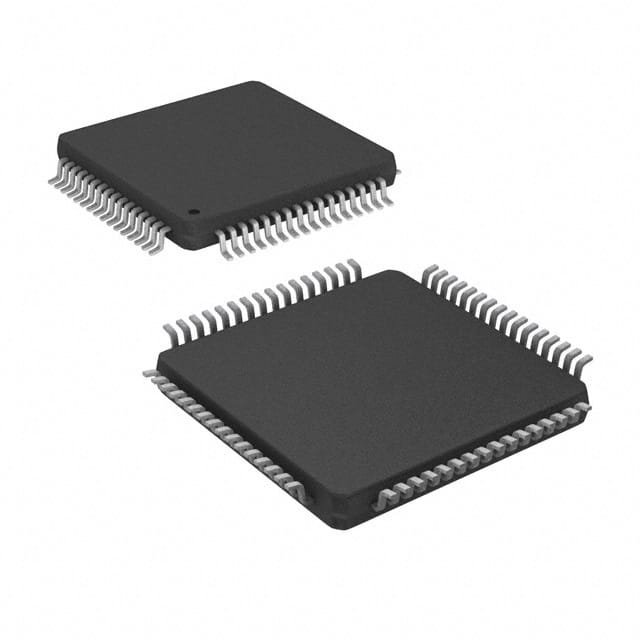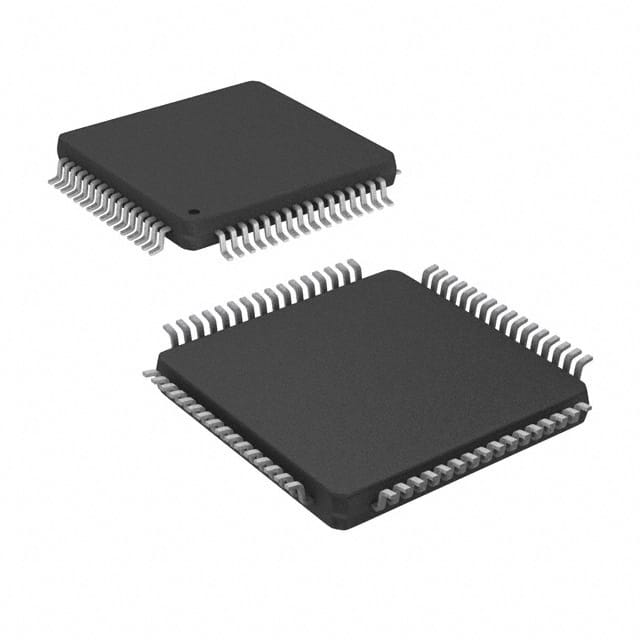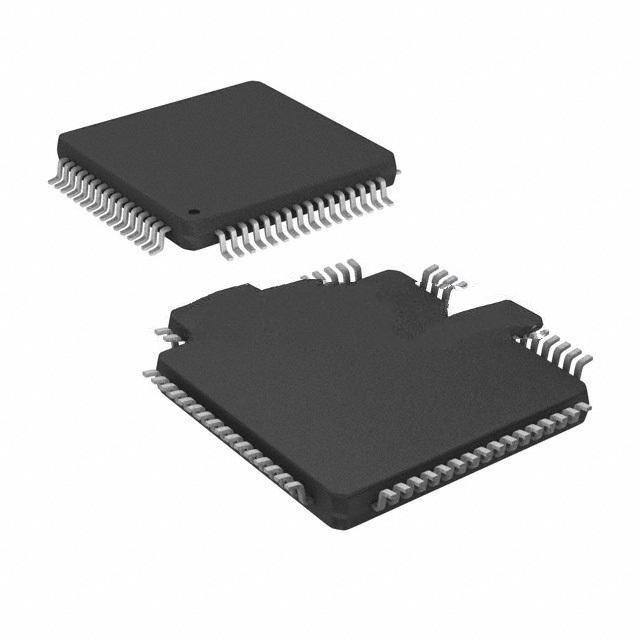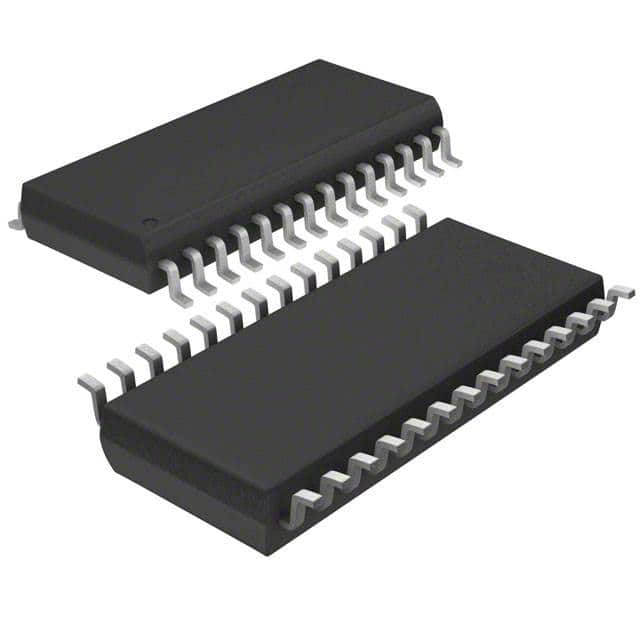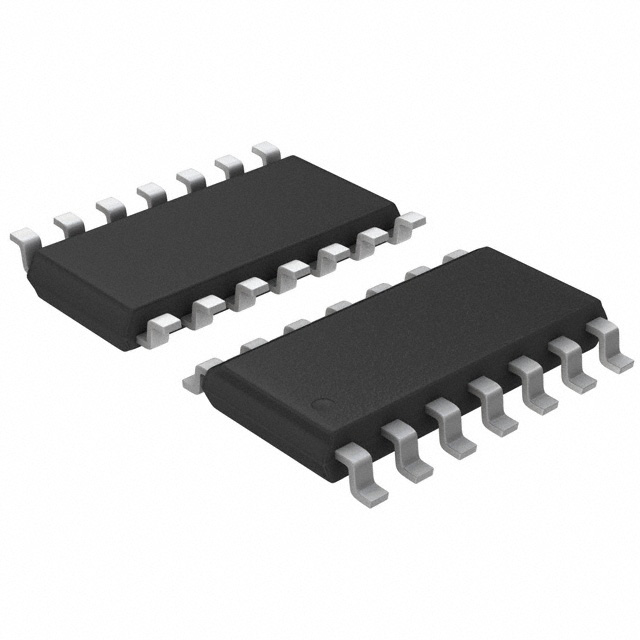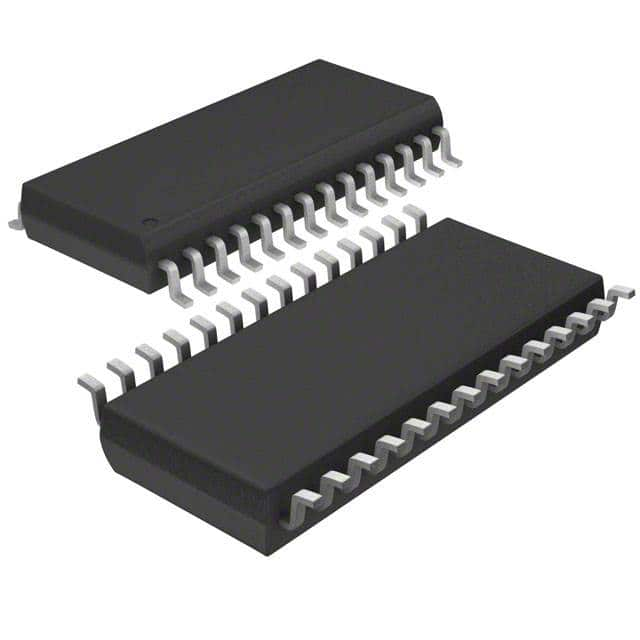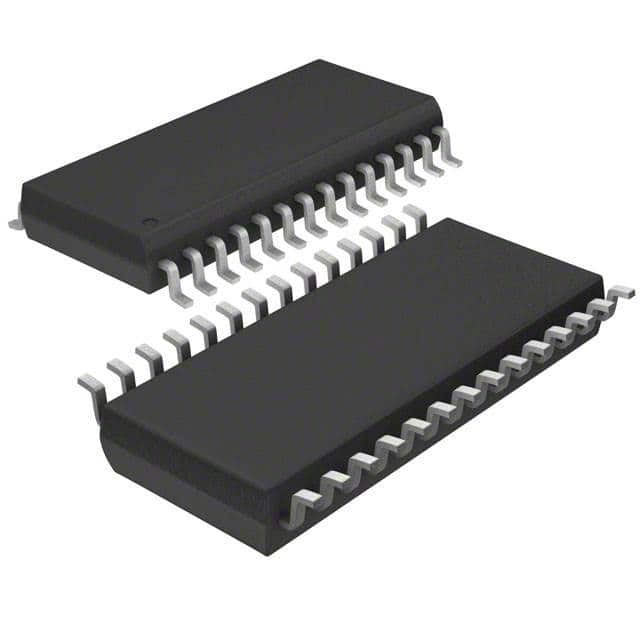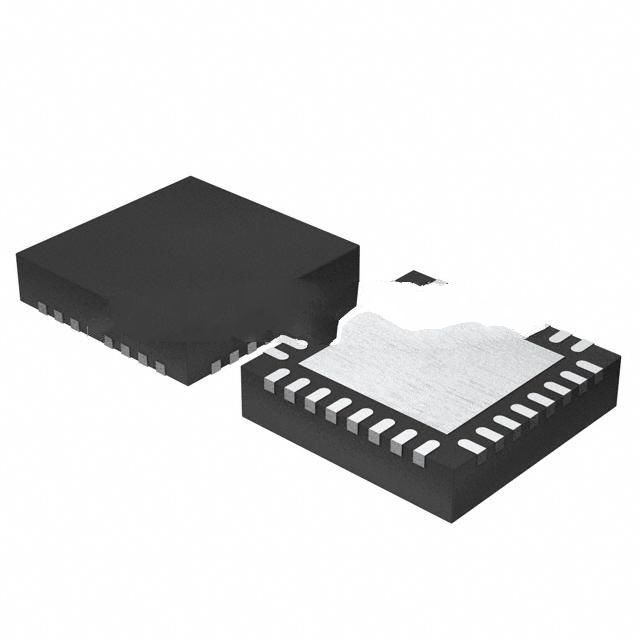上一篇:What Are Clock ICs and How Do They Work in Electronic devices?
下一篇:What is a Digital Potentiometers IC?
What are Data Acquisition ICs?

Post Date:2024-05-15,Texas Instruments
Why does the Data Acquisition IC Important to Electronic Devices?
With the very quick development of the big data era, the electronics became more and more popular and neccessary to our daily life. And as an key part in the electronic device, Data Acquisition Integrated Circuits (ICs) are finding applications across a wide spectrum of industries and domains. Their ability to convert analog signals into digital data, along with various built-in functionalities, makes them indispensable for numerous applications.

What are Data Acquisition ICs?
Data acquisition refers to the automatic acquisition of analog or digital signals measured by the equipment and sent to the host computer for analysis and processing. The data acquisition card, that is, the computer expansion card that realizes the data acquisition function, can access the computer through USB, PXI, PCI, PCI Express, PCMCIA, ISA, Compact Flash, 485, 232, Ethernet, various wireless networks and other buses.And between them, Data Acquisition (DAQ) ICs serve as the backbone of data acquisition systems, facilitating the conversion of analog signals into digital data for processing and analysis. These ICs encompass a myriad of functionalities, including analog-to-digital conversion (ADC), digital-to-analog conversion (DAC), signal conditioning, amplification, multiplexing, and more. So, people also call them as data converter ICs. They come in various forms, ranging from standalone chips to integrated modules, each tailored to meet specific application requirements.
What are the Working Principle of Data Acquisition ICs?
The principle of a data acquisition chip is to process various external signals through signal conditioning and conversion circuits number is collected and processed, and then the processed data is transmitted to the communication interface external devices. It usually includes analog signal input, analog-to-digital conversion circuit, and digital processing modules such as circuits and communication interfaces.When applied, the data acquisition system is placed at the monitored device, the voltage or current signal of the device is sampled and maintained by the sensor, and is sent to the A/D converter to become a digital signal, and then the signal is sent to the FIFO. When the data stored in the FIFO reaches a certain amount, it is read from the FIFO by ARM7 and then sent to the host computer through the Ethernet interface of ARM7 or RS232. Considering that there may be A large number of devices to be monitored, a multi-channel acquisition channel is designed, which passes through the analog switch and then enters the A/D converter. CPLD is the control core of the whole system, which controls the switching of the acquisition channel, the start/stop of the A/D converter, the storage address generator of the converted data in the FIFO, and the interrupt request to notify ARM7 to read the data stored in the FIFO. The data of the running time is sent to the PC, and the data is analyzed by the specific software running on the PC, so as to determine the status of the current running equipment, and then take corresponding measures. At present, the system software design of the commonly used data acquisition devices adopts the single task sequence mechanism.
What are the Key Features and Capabilities of Data Acquisition ICs?
The versatility of data acquisition ics lies in their diverse features and functions, enabling engineers and developers to design complex electronic systems with greater accuracy and performance. These ics feature high-resolution adc/dac, low noise amplifiers, programmable gain amplifiers (PGA), digital filtering, and built-in calibration circuits to ensure accurate and reliable data acquisition in a wide range of applications.Precision Measurement and Control
Data Acquisition ICs play a vital role in precision measurement and control applications, where accurate data acquisition is paramount. Whether it's monitoring temperature variations in industrial processes, capturing physiological signals in medical devices, or controlling motion in automotive systems, these ICs enable real-time data acquisition with exceptional accuracy and reliability.
Widely Applications
From automotive and aerospace to healthcare and manufacturing, Data Acquisition ICs find widespread use across various industries, catering to diverse application requirements. Their versatility and adaptability make them indispensable components in modern electronic systems, driving innovation and advancement across multiple sectors.
Enhanced System Integration
The integration of Data Acquisition ICs into electronic systems streamlines the design and development process, minimizing component count, board space, and overall system complexity. This integration not only reduces costs but also enhances system reliability and performance, making it easier for engineers to meet stringent design specifications and time-to-market requirements
Advancements in Sensor Technology
As sensor technology continues to evolve, Data Acquisition ICs are poised to witness further advancements in terms of resolution, speed, and power efficiency. Emerging sensor technologies such as MEMS (Micro-Electro-Mechanical Systems) and CMOS (Complementary Metal-Oxide-Semiconductor) sensors are driving innovation in data acquisition, enabling the development of next-generation electronic systems with unprecedented capabilities.
Integration with IoT and AI
The integration of Data Acquisition ICs with the Internet of Things (IoT) and Artificial Intelligence (AI) is reshaping the landscape of data acquisition and analytics. By leveraging IoT connectivity and AI algorithms, these ICs enable real-time data processing, predictive analytics, and autonomous decision-making, paving the way for smarter, more responsive electronic systems.
What are Some Common Applications of Data Acquisition ICs?
Data convert ICs find applications across various industries, including telecommunications, medical devices, and consumer electronics, where they enable digital functionality and enhance overall system performance. Here we listing some common applications of data conveter ICs.Industrial Automation
Test and Measurement devices
Medical Instrumentation
Automotive Electronics
Environmental Monitoring
Smart home device
How can I Find a Data Acquisition IC Supplier in Asia?
Today we know the data acquisition ICs are ery important to our electronic devices, but it is a difficult thing to find a reliable and authoritative supplier. Jinftry has engaging in the electronic components industry for more than 9 years. With extensive experience and stable supply chain, we have provide service for over 1200 customers. What ever you want normal resistors, or rare QFN, BGA chips, you can find here. Why not choose us as your components supplier in Asia?
上一篇:What Are Clock ICs and How Do They Work in Electronic devices?
下一篇:What is a Digital Potentiometers IC?

